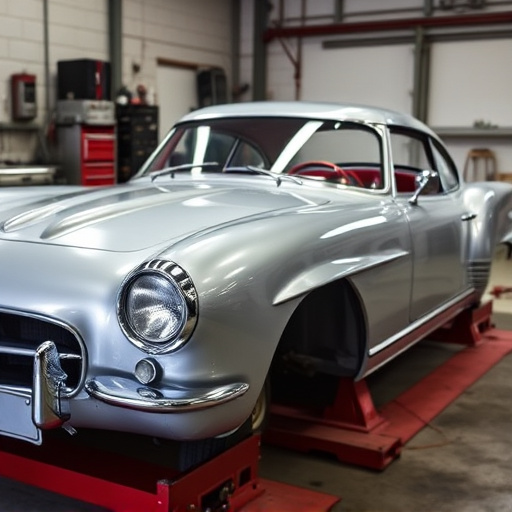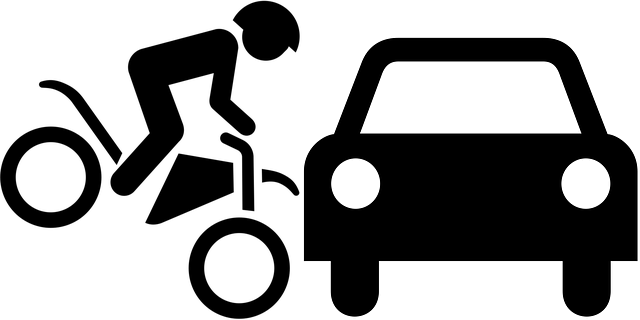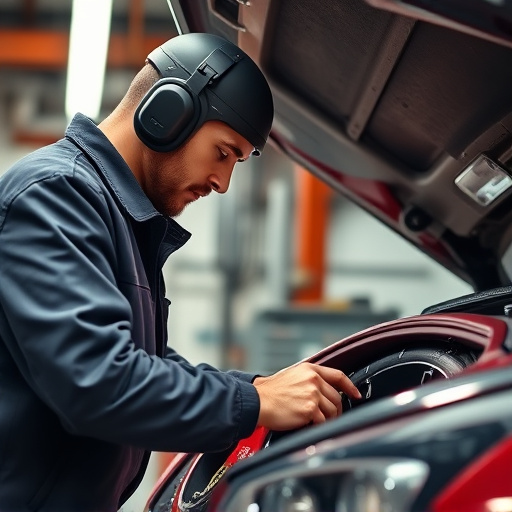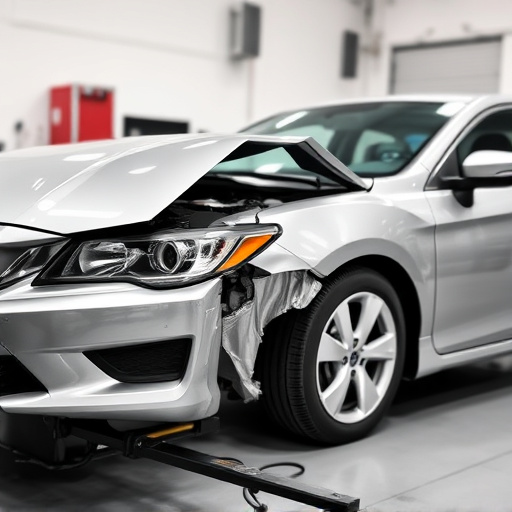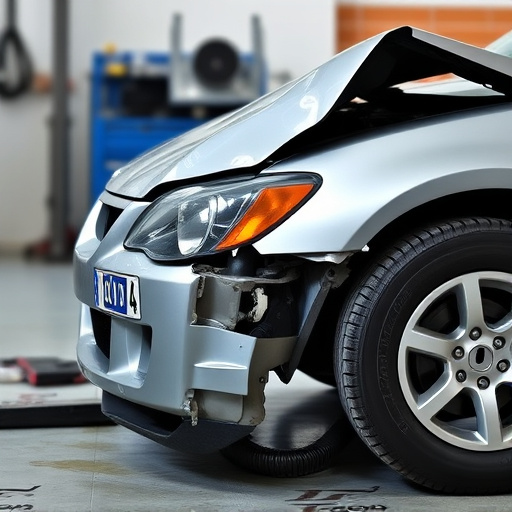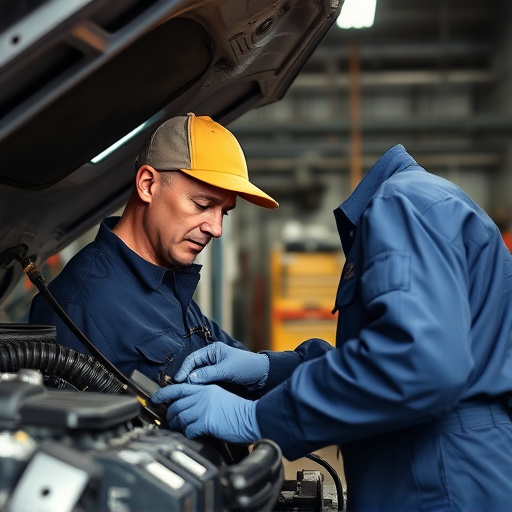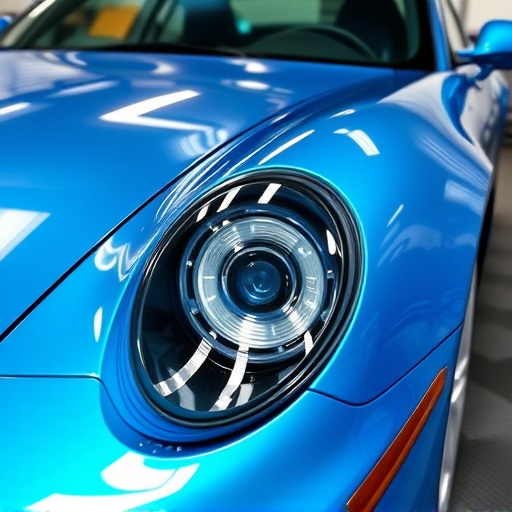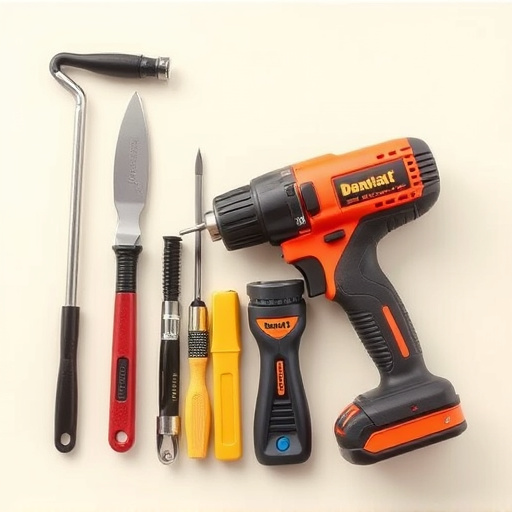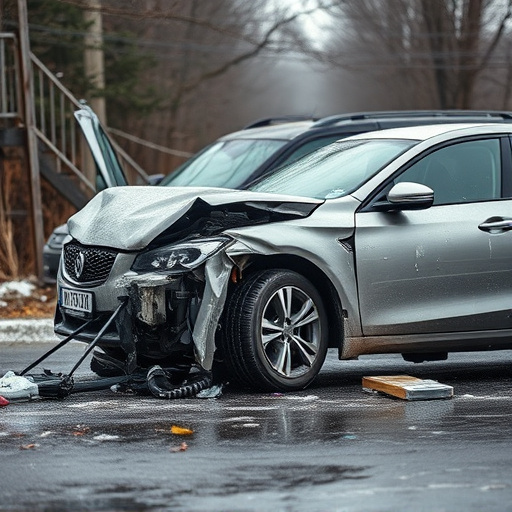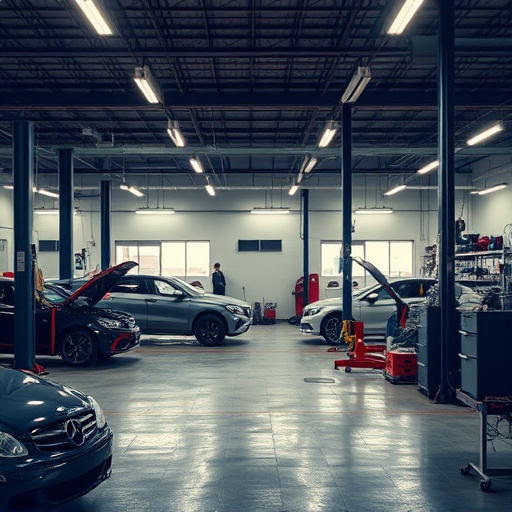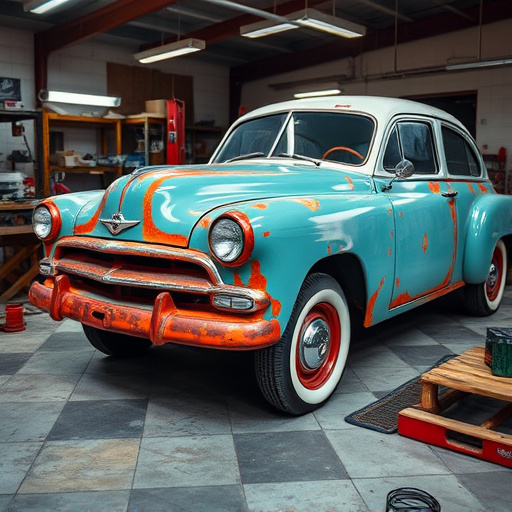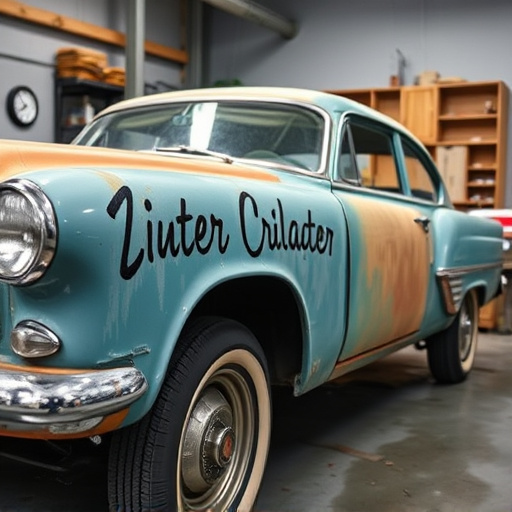A pearl finish collision repair demands a systematic process: thorough damage assessment using high-res photos, meticulous surface preparation through cleaning and sanding, strategic selection of tools and techniques based on evaluation, and skilled application of advanced pearl finishes for seamless, durable, and near-indistinguishable restoration.
“Uncover the meticulous process of achieving a flawless pearl finish in collision repair. This comprehensive guide breaks down the key steps for success. First, assess the damage and prepare the surface meticulously. Next, choose the right repair techniques tailored to pearl finishes. Finally, masterfully apply the pearl coat and add refined touches. Discover expert tips for a pristine, high-end result that restores your vehicle’s allure. Dive into this step-by-step journey towards an exceptional pearl finish collision repair.”
- Assess Damage and Prepare Surface
- Select Appropriate Repair Techniques
- Apply Pearl Finish and Final Touches
Assess Damage and Prepare Surface
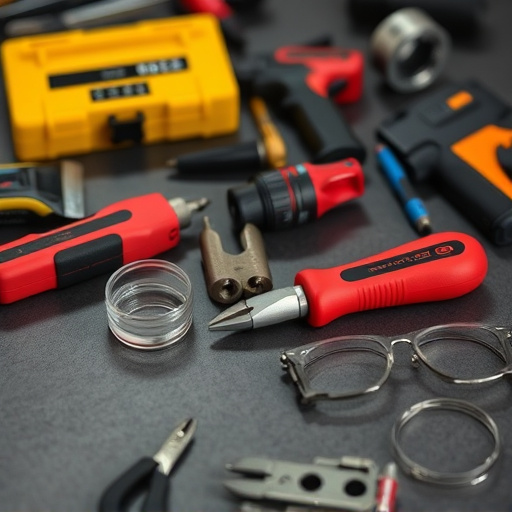
Before initiating any pearl finish collision repair, a thorough assessment of the damage is imperative. This involves meticulously inspecting every inch of the affected area to identify and document all defects, from minor scratches and dents to more significant structural damage. It’s crucial to take high-resolution photos from various angles for reference during the repair process and to ensure precision in restoration.
Once the damage is assessed, preparing the surface becomes the next critical step. This entails cleaning the area thoroughly to remove any dirt, grease, or debris that could impede the repair. Sanding might also be necessary to smoothen rough surfaces and ensure a seamless finish when applying the pearl coating. This meticulous preparation lays the groundwork for a successful pearl finish collision repair, setting the stage for restoring the automotive’s original aesthetics with expert craftsmanship.
Select Appropriate Repair Techniques
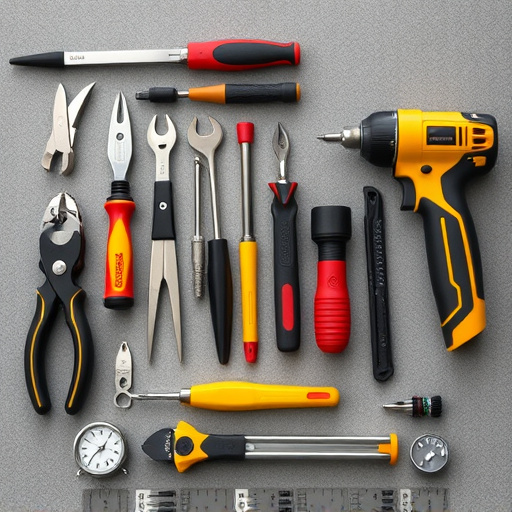
When undertaking a pearl finish collision repair, selecting the right techniques is paramount to achieving a flawless outcome. The process should begin with an assessment of the extent of the car damage repair, considering both visible and hidden impacts. Once the scope of work is established, it’s crucial to choose the appropriate tools and methods for each specific area needing automotive restoration.
For instance, certain sections may require meticulous painting and finishing techniques, while others might demand structural repairs. Skilled technicians should opt for advanced tools and materials designed for precision and durability in pearl finish collision repair. This ensures not only a visually appealing result but also long-lasting quality that matches the original car’s specifications.
Apply Pearl Finish and Final Touches
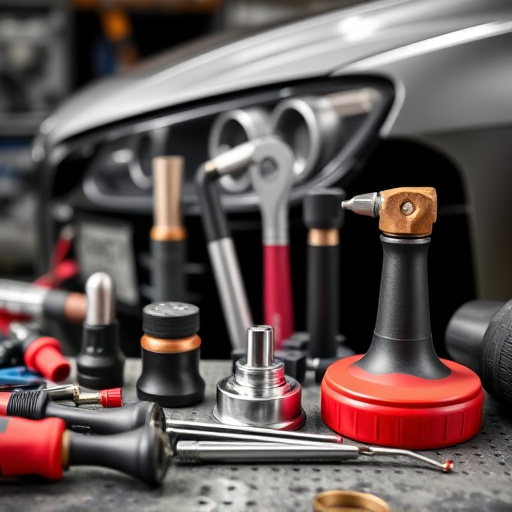
After meticulously repairing and preparing the damaged area, it’s time to apply the pearl finish. This step is crucial in achieving a seamless and high-quality restoration that matches the car’s original specifications. Skilled technicians carefully choose the appropriate shade of pearl finish to blend perfectly with the surrounding body panels, ensuring no visible signs of previous damage remain. The finish is then applied using advanced techniques such as spraying or rolling, creating a smooth, even layer.
The final touches involve thorough inspection and quality control checks. This includes examining the paint’s texture, color consistency, and gloss level to guarantee it meets industry standards. Minor adjustments might be made to ensure the pearl finish collision repair is impeccable, addressing any imperfections that could have occurred during application. The result is a car with a pristine, glossy exterior, akin to its pre-fender bender condition, making it nearly impossible to distinguish the repaired area from the rest of the vehicle—a true testament to the art and precision behind paintless dent repair, including car scratch repair processes.
The path to a flawless pearl finish collision repair involves three key steps. First, carefully assess and prepare the damaged surface for optimal results. Next, select the most suitable repair techniques tailored to the specific needs of your vehicle. Finally, expertly apply the pearl finish and add the final touches, ensuring a smooth, elegant, and durable restoration that matches the vehicle’s original specifications. By following these steps, you can achieve a top-quality pearl finish collision repair that stands out for its precision and aesthetics.
